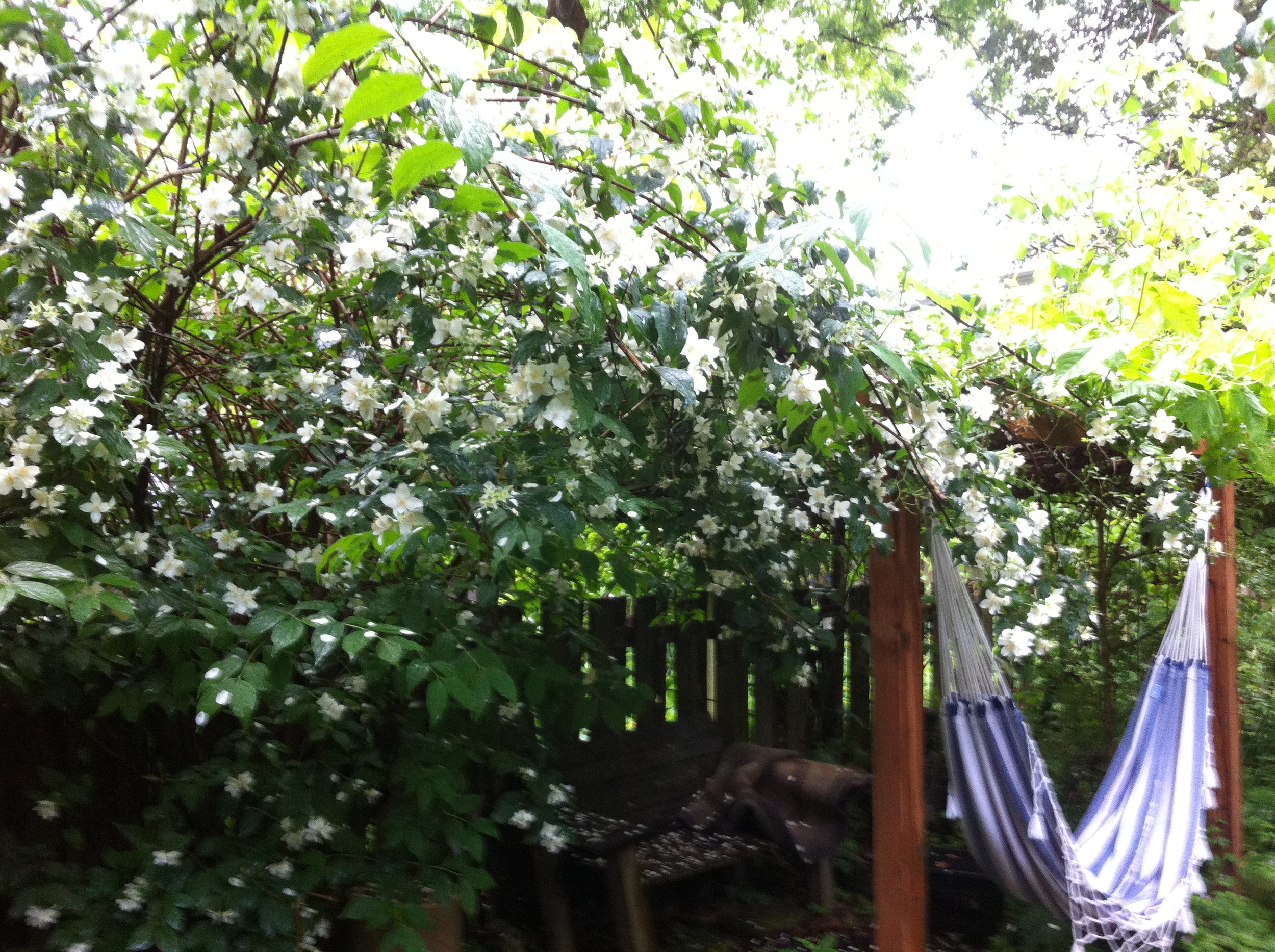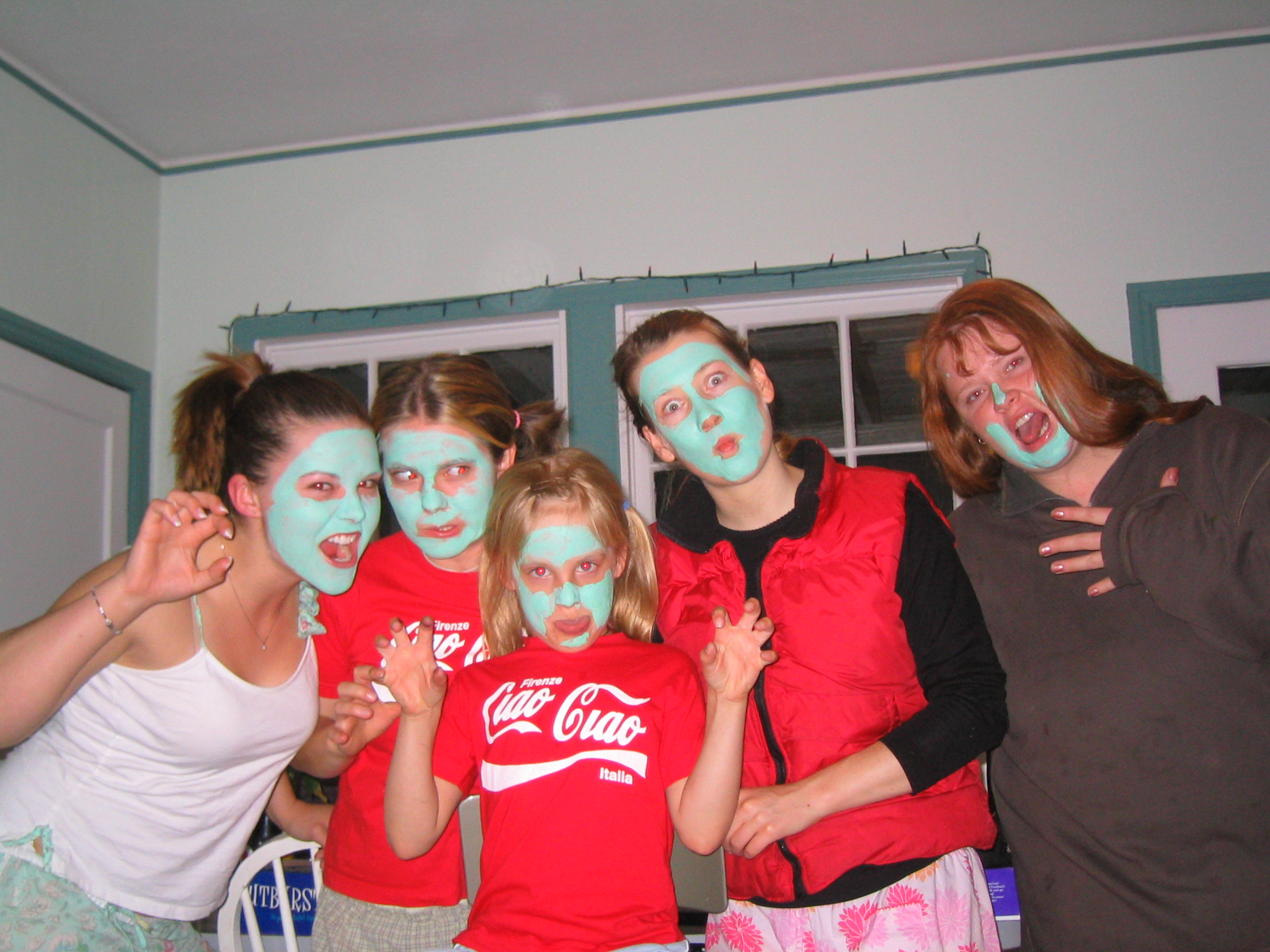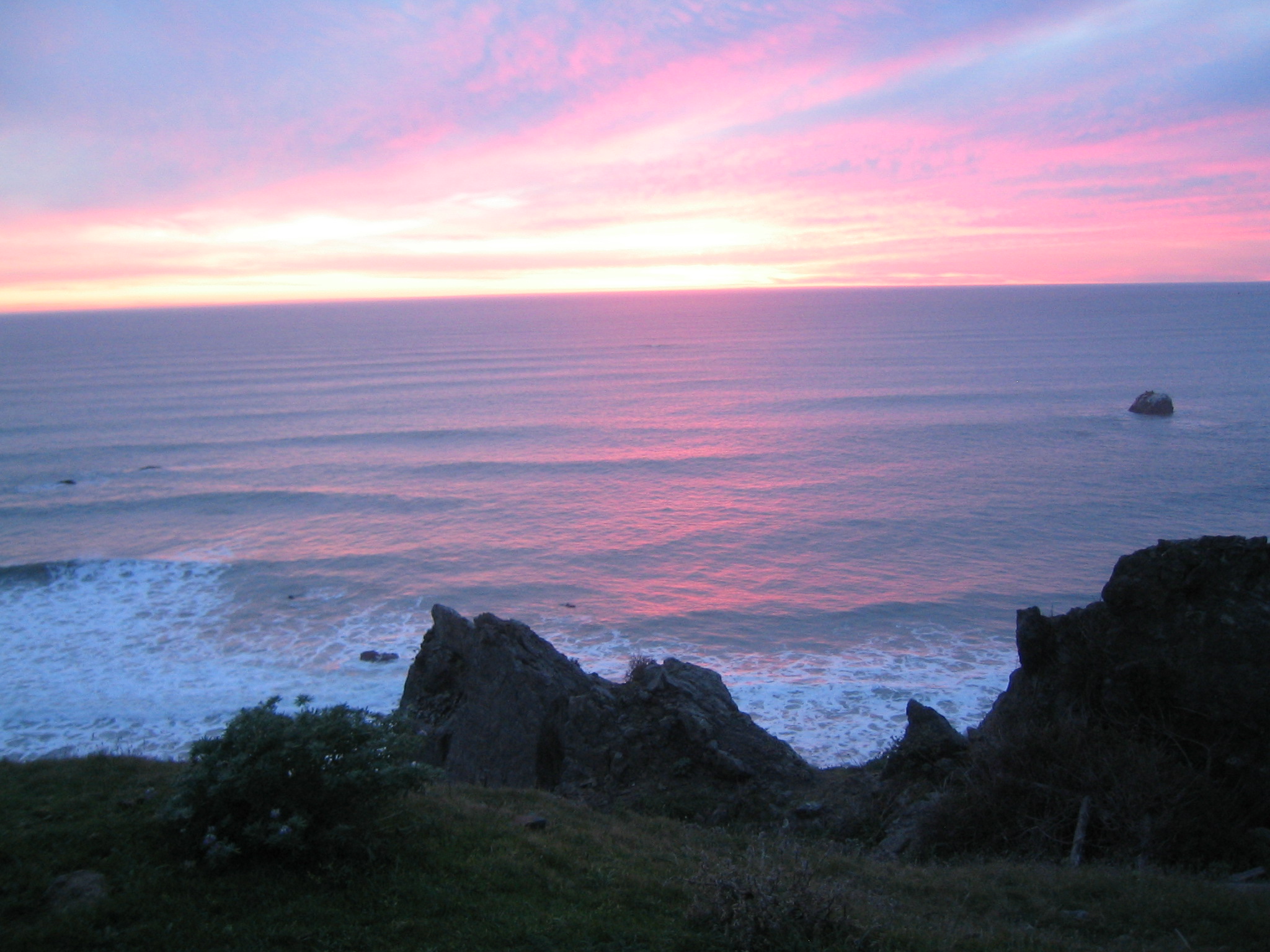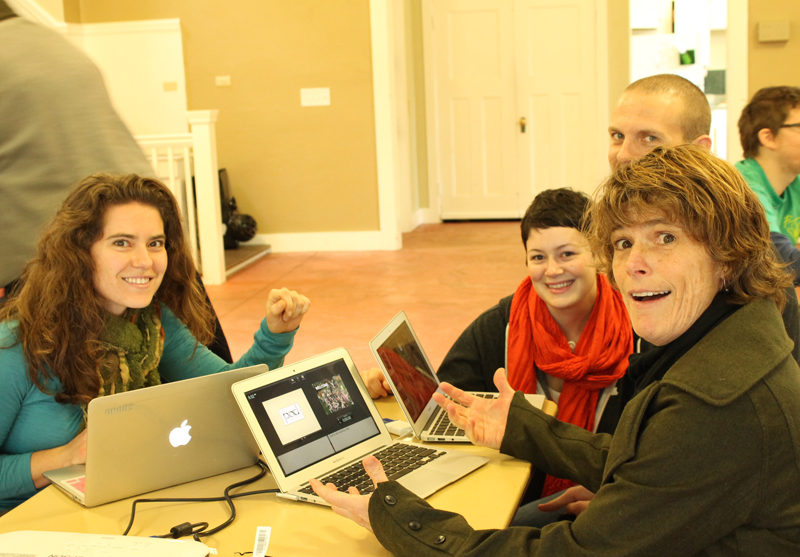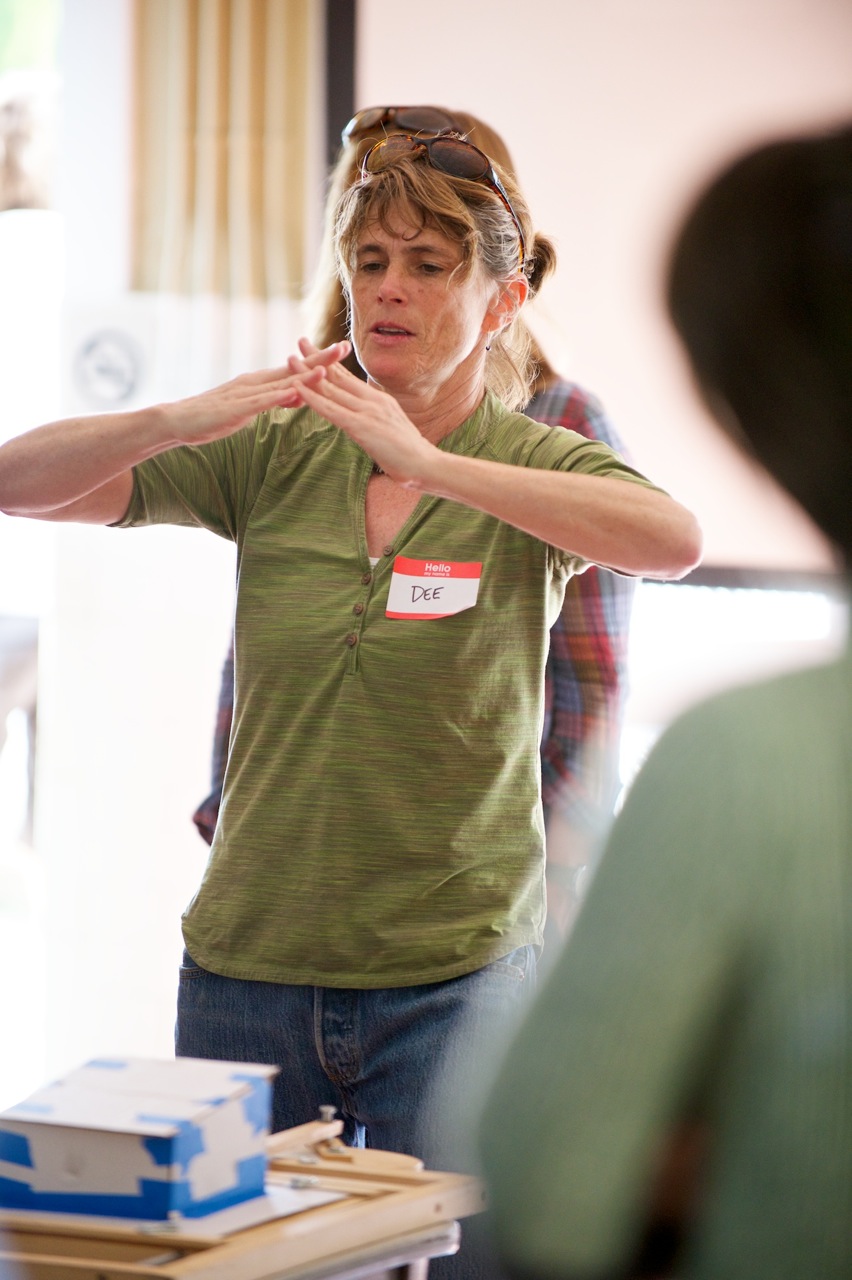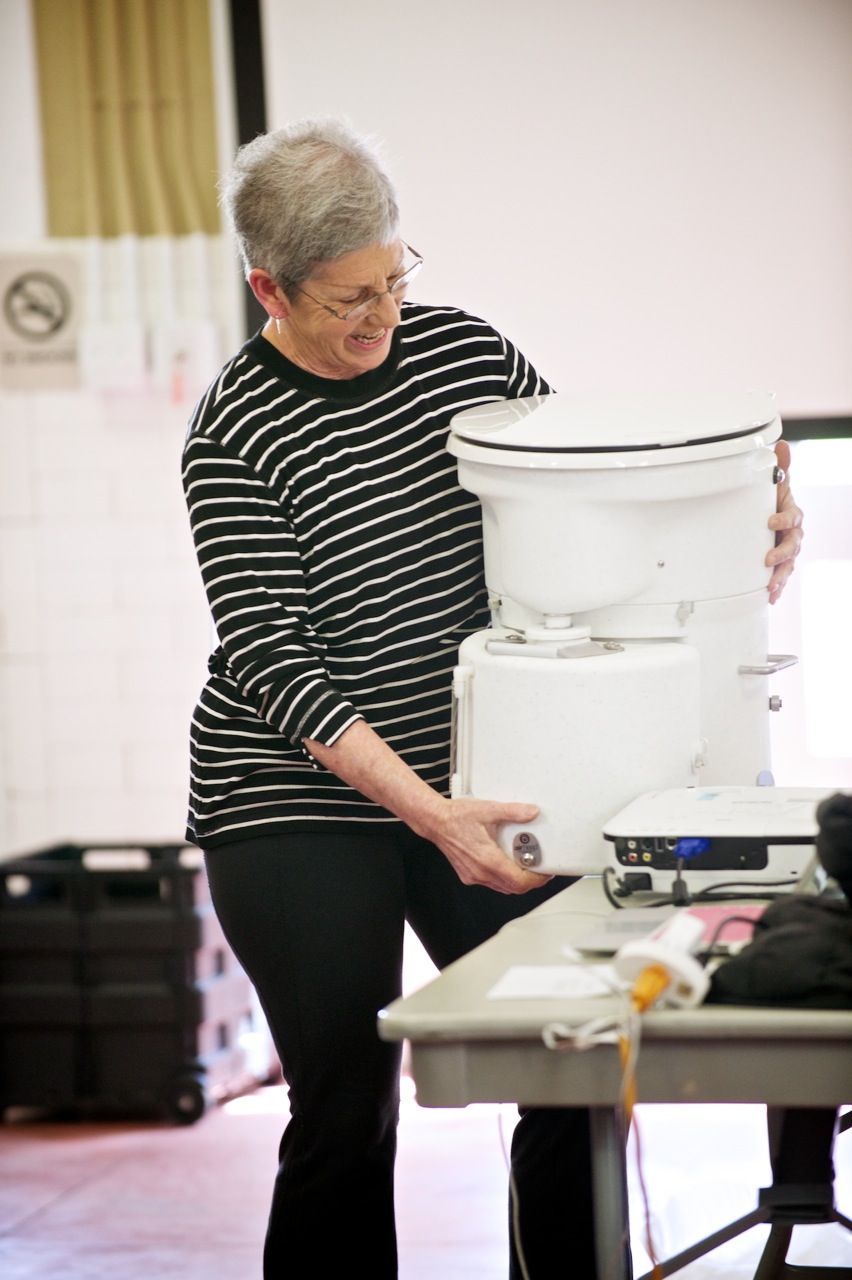 Yesterday was a good day for Rainy Day Catch Up and I decided to make a couple of the things I own a little better. Since I’m doing the 200 Things Challenge I figure I better really like the things I own and I better make them work well for me. So yesterday I spent an hour bettering my bike lock, my broom, and my ostrich egg lantern.
Yesterday was a good day for Rainy Day Catch Up and I decided to make a couple of the things I own a little better. Since I’m doing the 200 Things Challenge I figure I better really like the things I own and I better make them work well for me. So yesterday I spent an hour bettering my bike lock, my broom, and my ostrich egg lantern.
I recently acquired a new bike lock because the lock I bought last fall was driving me crazy. I decided to purchase a combination lock this time so I won’t have to deal with a bike lock key anymore. (Even thought this is one less thing for me to think about, this doesn’t count as one less thing since I count even the lock as part of my bike. I explain my rules for counting for My 200 Things Challenge in Who’s Counting Anyway.) However, I preferred the lock holder for the old lock because the little metal bracket attached to the lock itself snapped tightly into the holder on my bike. I found it was much less likely to fly out of the holder when I go over a bump than the new one. So I modified the new lock to accept the metal bracket by slicing away a part of the rubber and adding a gasket. It only took a couple minutes to create my ideal bike lock.
I also recently bought myself a broom since I didn’t own one. I lived without any carpets for several years so I bought myself a Bucket Head vacuum cleaner when I moved into the yurt, which had rugs. This worked pretty well for me, except that the rugs contributed to the Moisture Management problems I was having. A few weeks ago I decided it was time for Spring Cleaning the Yurt and I removed the rugs. But then I needed a broom. I decided to buy myself a kid-size broom but it was just a little too short, even for me. I realized I could probably find bike parts to extend the handle of my little broom. My local bike repair shop hooked just happened to have exactly what I needed and $3 and 3 minutes later my little broom is better than ever.
Two years ago my little sister and I traveled to South Africa and we both brought home ostrich egg lanterns. My sister found hers right away but it took me a long time to find my giraffe lantern. We were Packing Densely but we managed to carefully transport our lanterns home. Unfortunately, once I tried using my lantern the first time I realized that there were too few holes providing oxygen for the lantern to work with a candle. When I switched to a little light bulb I found there still wasn’t enough light emanating from the lantern for it to really be interesting. So I bought myself a 5/32” masonry drill bit this weekend and enlarged the holes in my lantern. Now I can really enjoy my lantern. I’m even planning a special spot for it in the tiny house I’m designing for myself.






